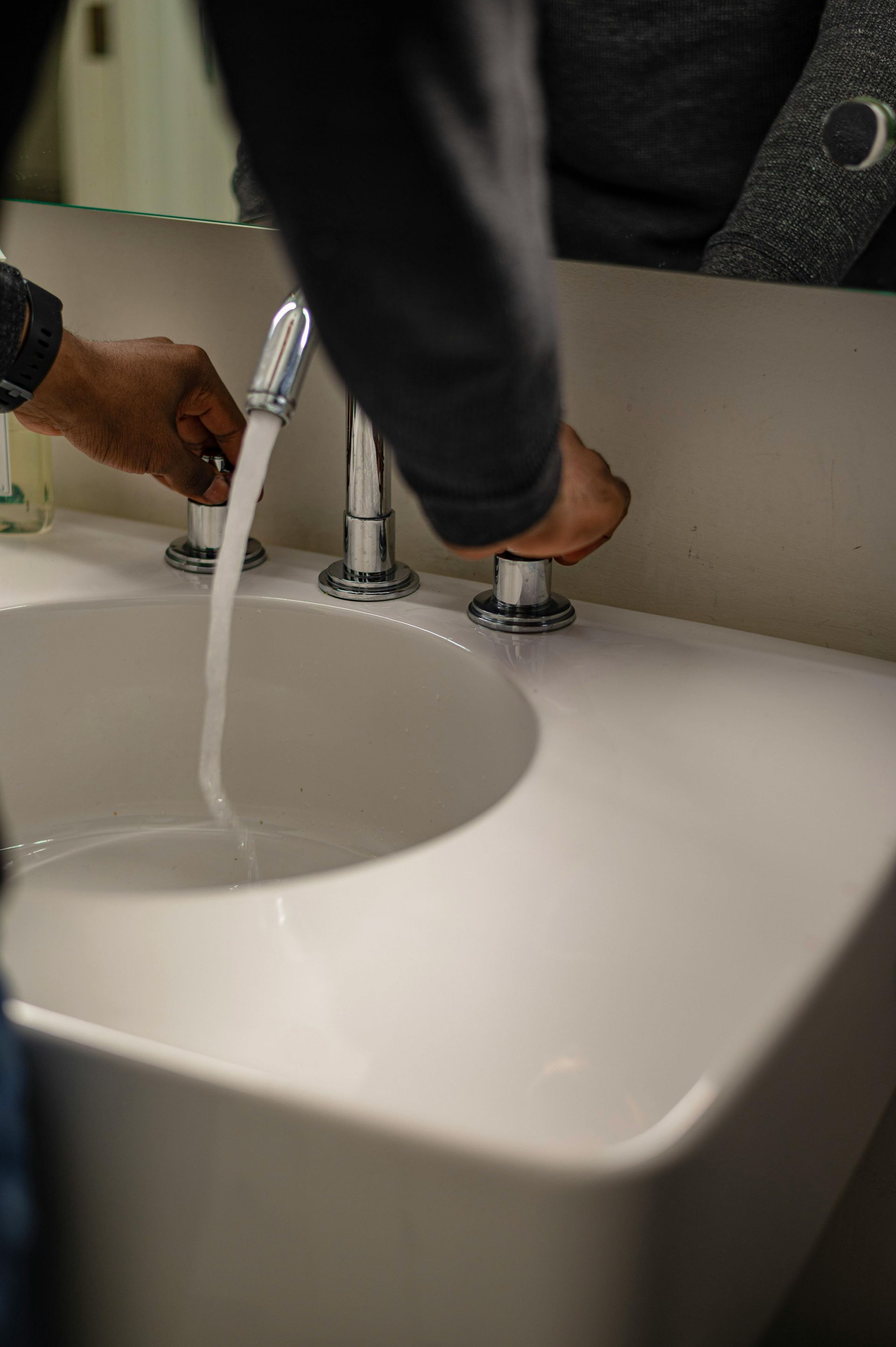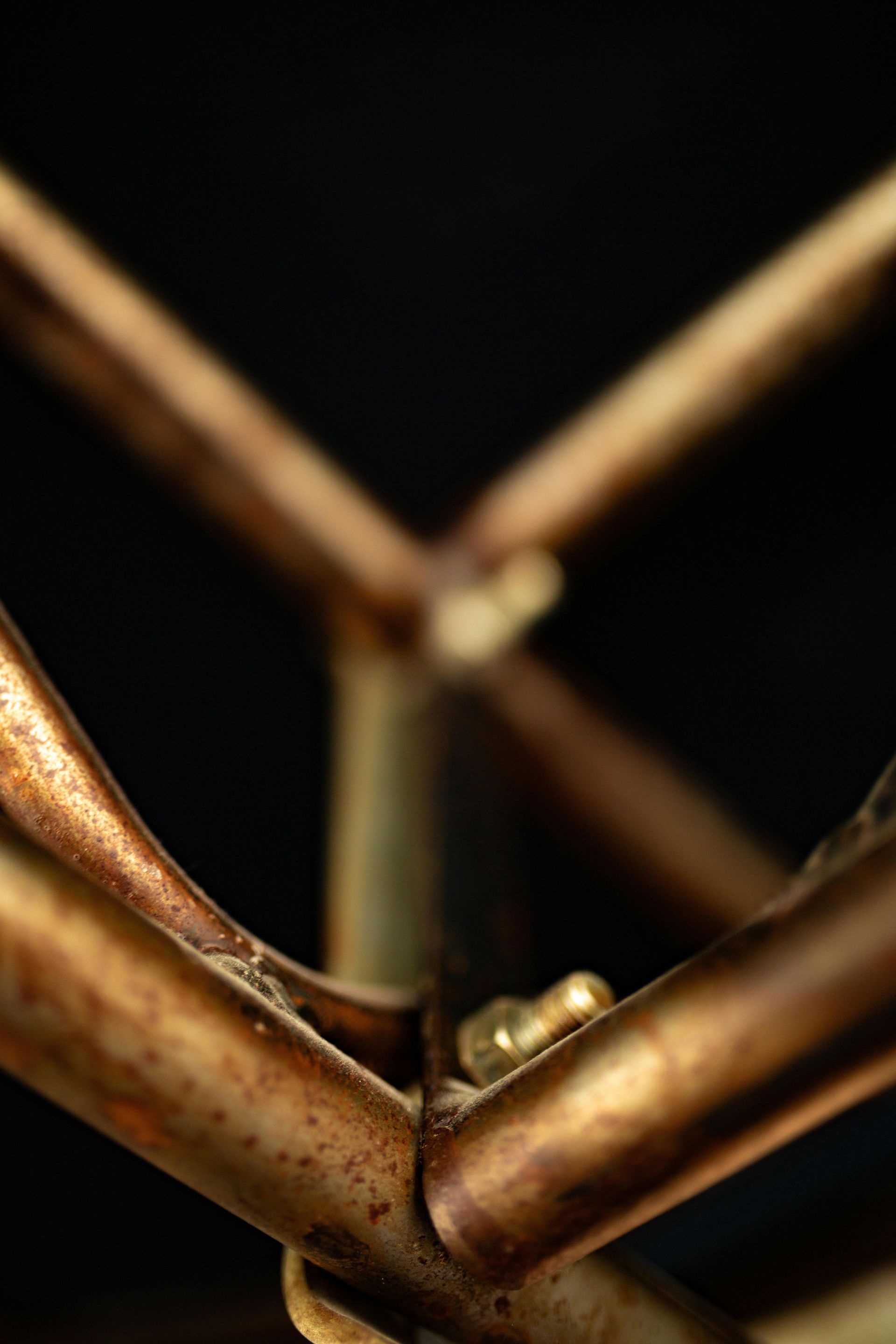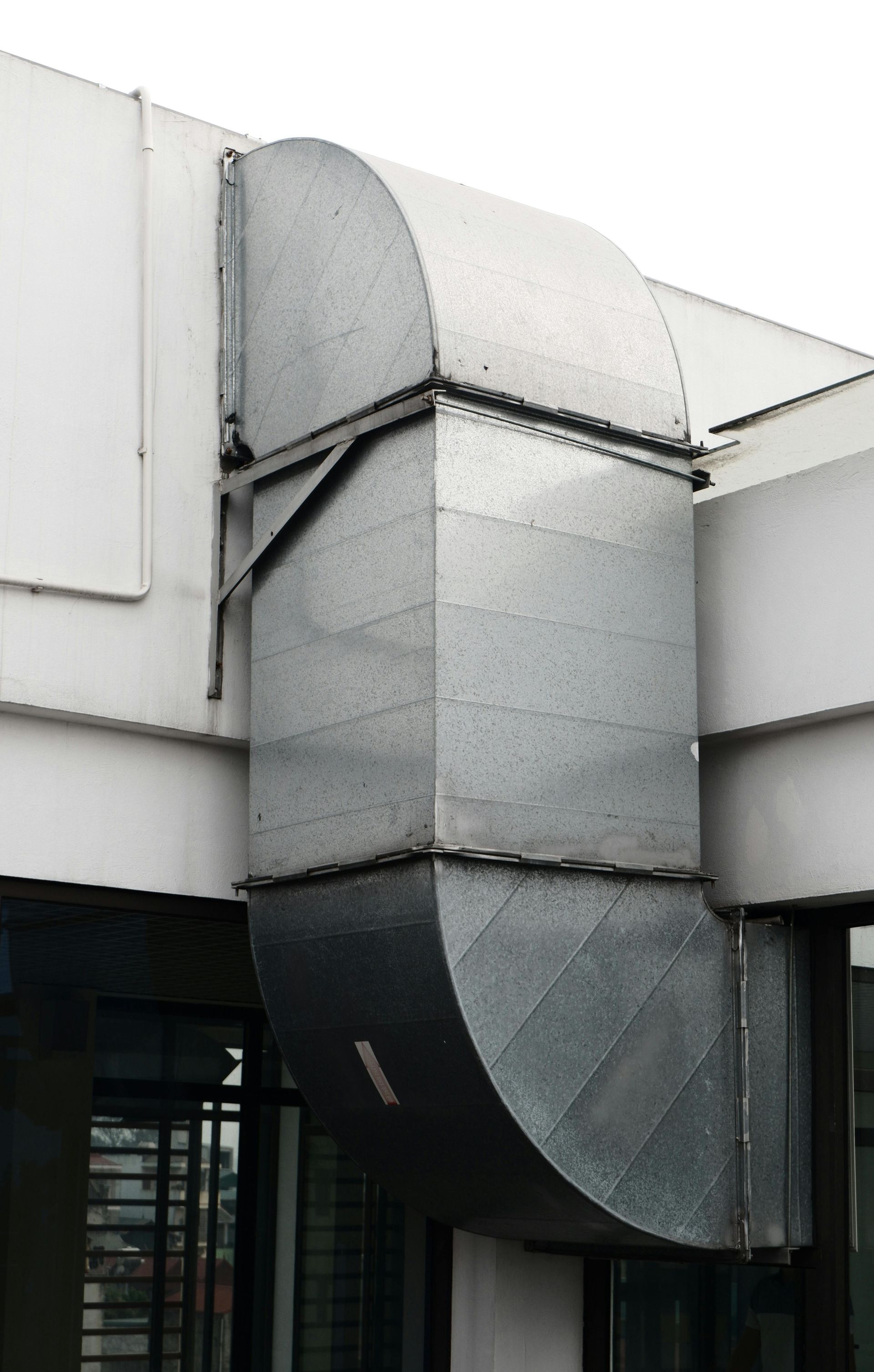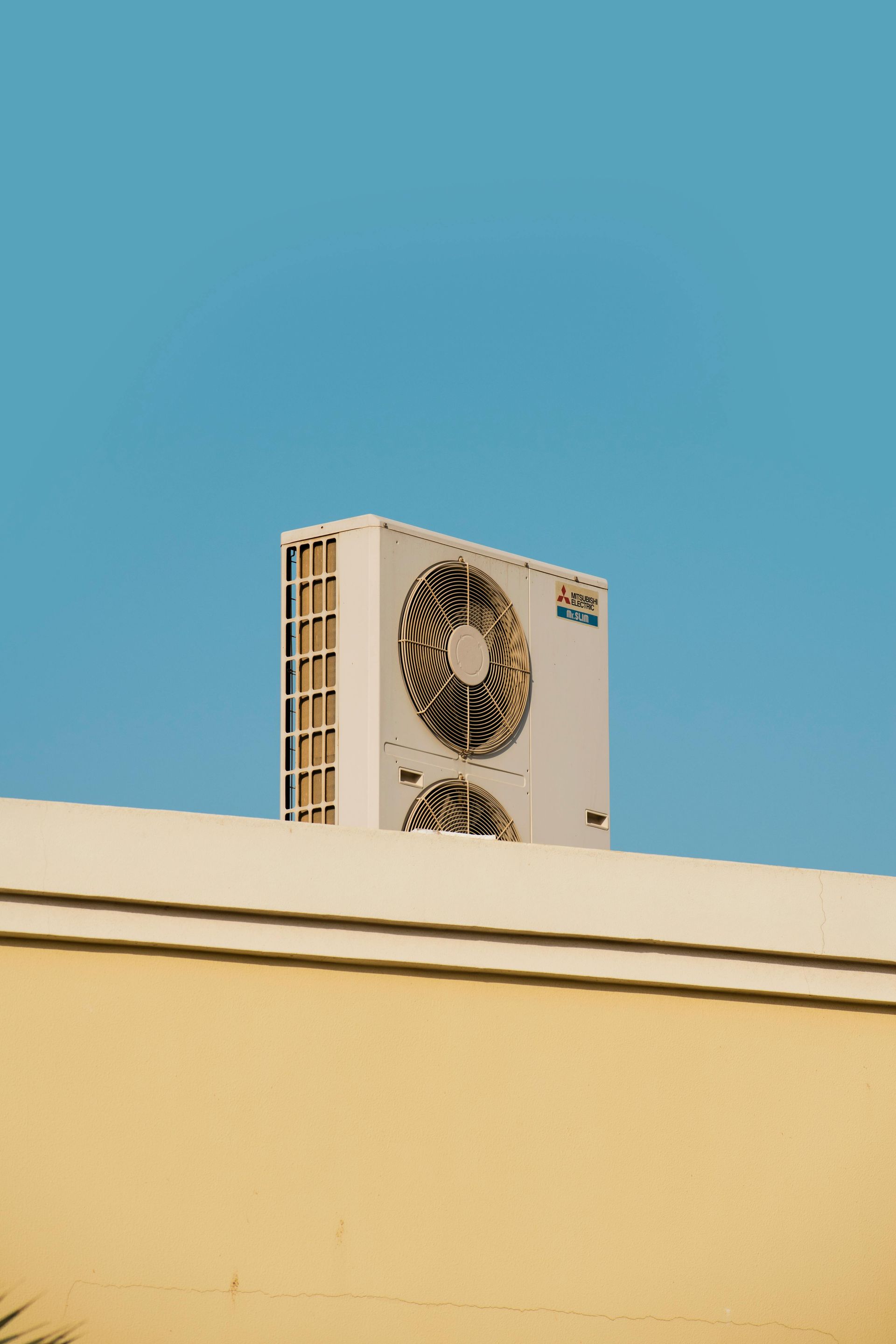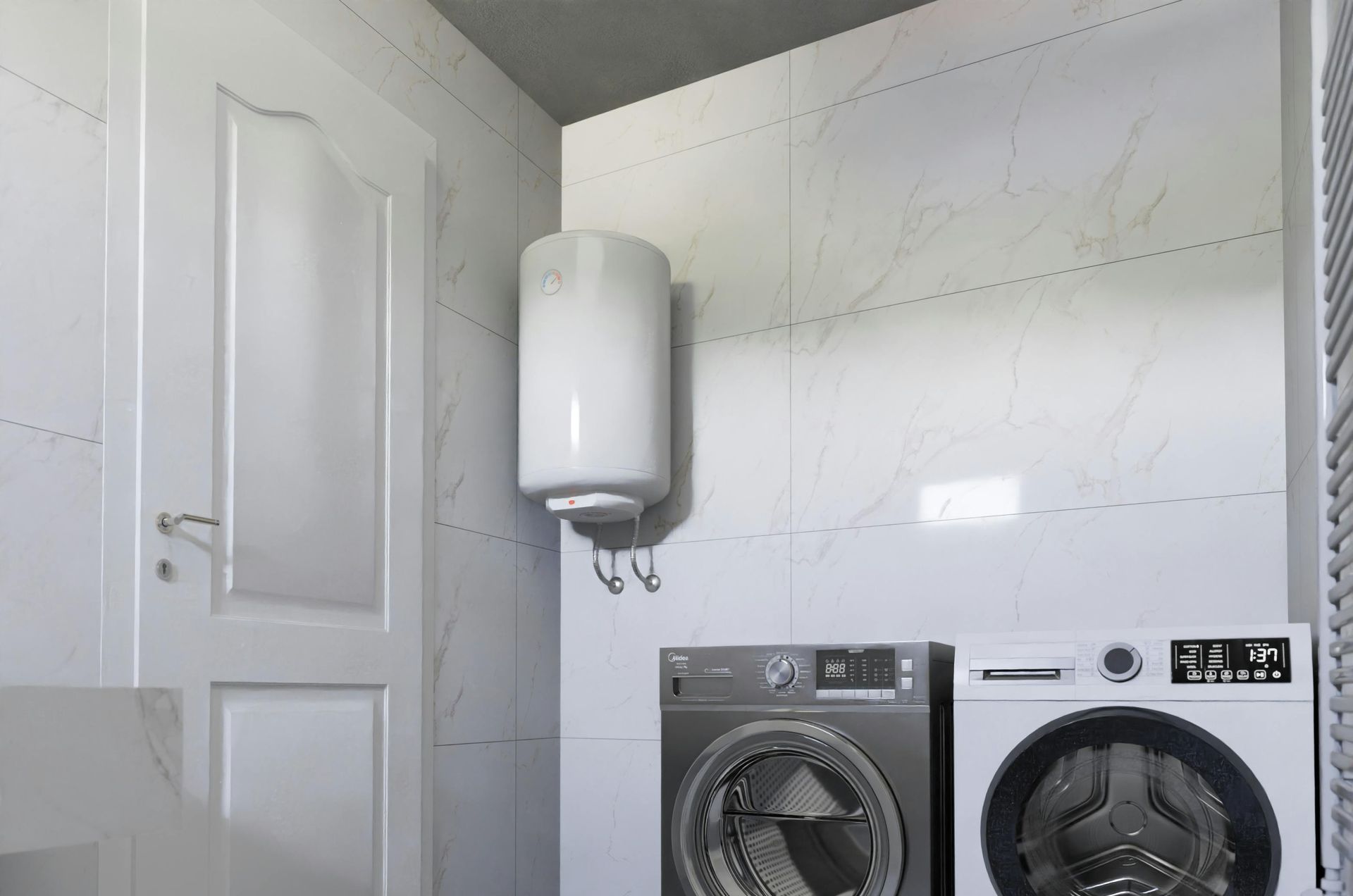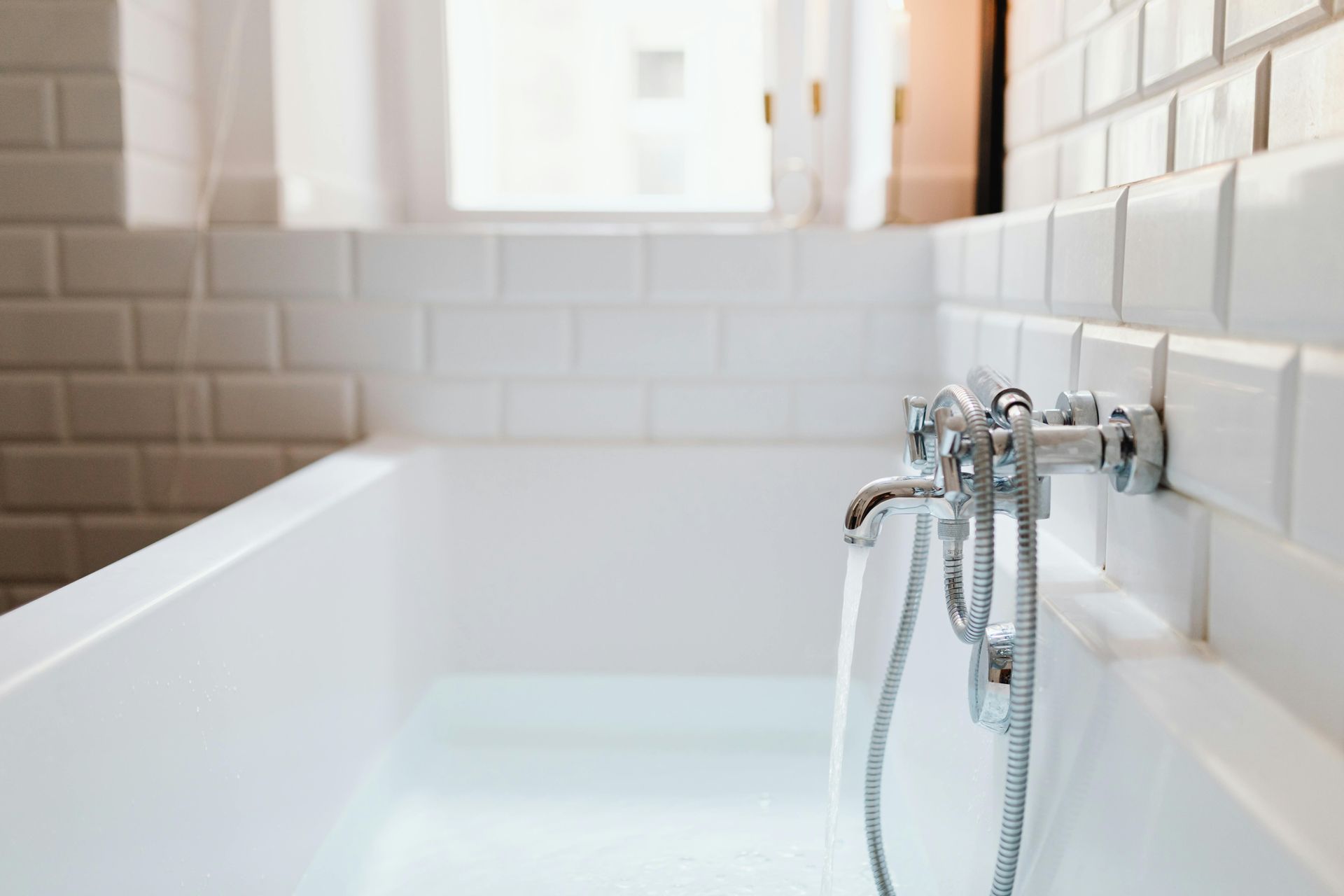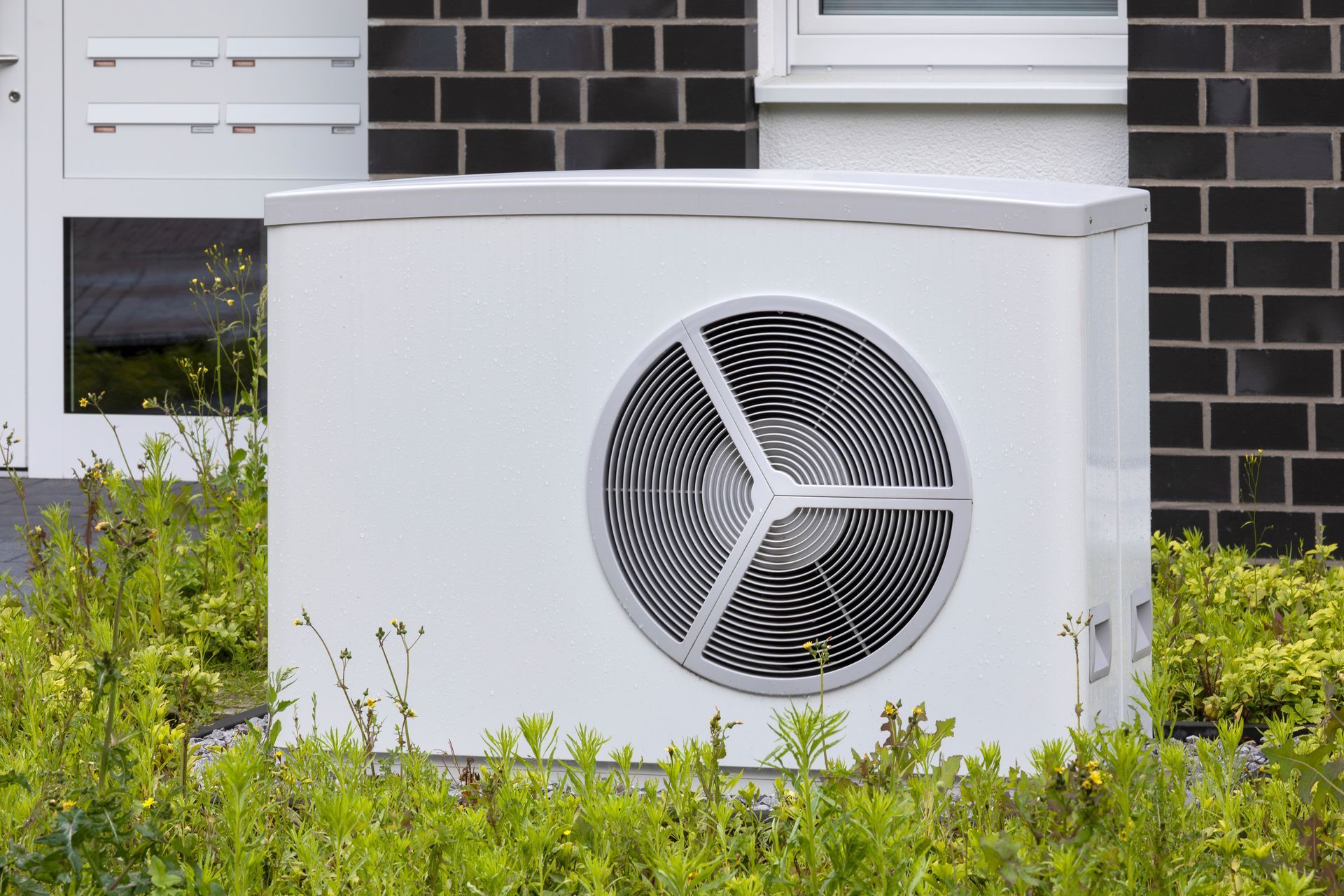A leaky garbage disposal can sneak up on you. One minute, your sink’s fine, and the next, you’re wiping up water from under the cabinet. So, if your disposal is leaking and you’re not sure where to start, you’re in the right place.
Leaks From the Top of the Unit
If water pools around the top of your disposal, the leak likely originates from the sink flange. That’s the ring that connects the disposal to the bottom of the sink. Over time, this part can shift, crack, or come loose.
When that happens, water from the sink seeps out and runs down the disposal. You might not catch it right away, especially if it leaks only when the sink is full or during dishwashing. You might just notice a musty smell or find damp cabinet wood one day.
The fix usually starts with tightening the mounting ring or resealing the flange with plumber’s putty. If the metal part has rusted or bent, it may need to be replaced altogether. This is a job for professionals. If you attempt a DIY fix, you might make the leak worse or misalign the connections.
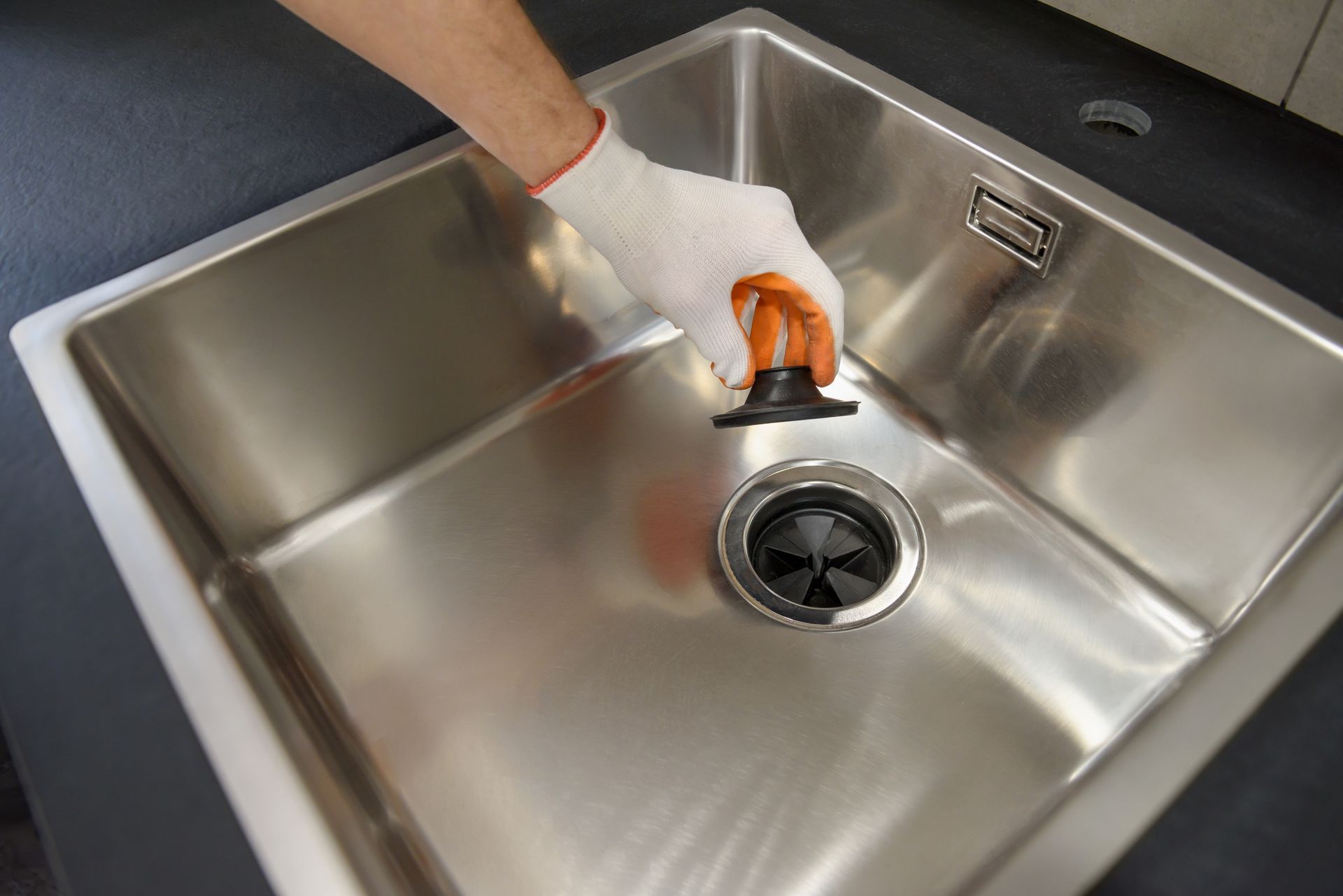
Loose Connections at the Drain Line
Your garbage disposal doesn’t just chew up food. It also pushes wastewater into your drain line. That connection between the disposal and the drain pipe can start to leak if the bolts work loose or the rubber gasket wears out. You might notice a steady drip every time the sink drains. It could even spray a bit if the pressure builds.
This isn’t usually a major fix, but ignoring it can damage the cabinet, flooring, or insulation below. To stop the leak, the plumber will tighten the bolts or replace the gasket that seals the joint. If the pipe itself has shifted or cracked, that part might need attention, too.
Worn or Cracked Housing
Most garbage disposals have a metal or hard plastic housing that keeps the internal parts contained. If the appliance is older, the housing might have small cracks or soft spots. Even a tiny hole can let water seep out every time you run the unit.
You might spot the leak as a trail running down the bottom or feel dampness if you place your hand under the disposal. This kind of damage usually means the unit is on its last leg. You can’t really patch or fix the housing in a reliable way.
Replacing the whole appliance makes more sense. Before you go shopping, check the model number and specs so that you get the right size. Make sure the replacement matches your sink setup and electrical system.
Leaking at the Dishwasher Connection
If your dishwasher drains through your garbage disposal, there’s another spot where leaks can start. That’s where the small rubber hose from the dishwasher connects to the disposal body. If the clamp is loose or the hose has cracks, water might leak out every time you run a dishwasher cycle. You’ll often find puddles under the cabinet and wonder where they’re coming from, especially if the disposal itself works fine.
This kind of leak can be sneaky. It’s tied to the dishwasher cycle, not the sink. You might not notice until the cabinets smell musty or your dishes don’t seem to dry right. Replacing the hose or tightening the clamp usually solves it. But if the hose connector at the disposal has rusted or cracked, that part of the unit might not seal anymore. At that point, it might be time to install a new disposal to keep the dishwasher draining properly.
Improper Installation Mistakes
Sometimes, a leak starts on day one because something wasn’t installed right. Maybe the flange wasn’t sealed tightly, or the connections weren’t aligned. If the disposal wobbles when you touch it, the mounting system might not be secure. When parts don’t sit flat or flush, water finds a way out. This isn’t always the installer’s fault. Some sink setups are tricky or uneven. However, even small errors can lead to slow drips that damage your cabinet or cause mildew.
If you had the disposal installed recently and you’re already seeing leaks, check the mounting points and drain alignment. A small adjustment now could prevent a much bigger mess later. And if the wiring or plumbing looks sloppy, ask a plumber to check the full setup to make sure nothing else was rushed or skipped.
Leaks Only During Use
If the leak only happens while the disposal runs, you might have a problem with the internal seals. Water gets whipped around inside when the blades spin, and if the seals around the motor shaft or grinding chamber have worn out, that pressure pushes the water out. It’s a little like shaking a closed water bottle with a loose cap. You’ll often hear a faint hiss or hum before noticing the drip. These leaks can start small but get worse quickly.
Internal seal damage isn’t something you can fix from the outside. If you’re lucky, it’s a surface crack or a gasket issue. But if the leak is coming from deep inside the motor housing, you’re looking at full replacement. It’s the only way to avoid short circuits or damage to your electrical system once water starts reaching the wiring.
Rust Weakening the Unit
Rust is a slow problem that builds under the surface. You might not see it right away, but once it starts eating through the metal, the whole unit becomes unreliable. Rust often starts at the flange or around the drain outlets, where moisture lingers. If your disposal has been in place for years, a bit of rust might be expected, but once it spreads or flakes, it weakens the structure.
You might see orange spots, hear strange noises, or notice damp areas that return even after drying. Rust also means the inside isn’t grinding as well, and your disposal might smell worse than usual. At a certain point, you’re better off swapping it out than chasing patchwork fixes. A newer model will be quieter, more efficient, and won’t leak every time someone fills the sink or rinses a dish.
Accidental Damage From Overloading
Sometimes, the leak isn’t from age or wear. It comes from stuffing the disposal with too much too fast. Potato peels, pasta, and stringy veggies like celery or asparagus can jam the blades and strain the seals. If you’ve ever heard the unit groan or grind loudly before shutting off, that pressure can crack the housing or shift the mount.
Try to think back to what went through the disposal recently. If you overloaded it or put in something it couldn’t handle, that strain might have loosened the seals or torn them apart. Once that happens, it’s safer to disconnect the power and check for damage than to keep running it.
We’ll Save Your Garbage Disposal
Letting a disposal leak go unchecked can lead to mold, damaged cabinets, and bigger plumbing issues down the line. Our plumbers can get to the bottom of it fast. We also offer water heater installation, pipe repair, and full home repiping services. Whether it’s a quick repair or something more involved, rely on O'Boys in Blaine, MN to help you sort it out and keep your kitchen dry. Call us today!

